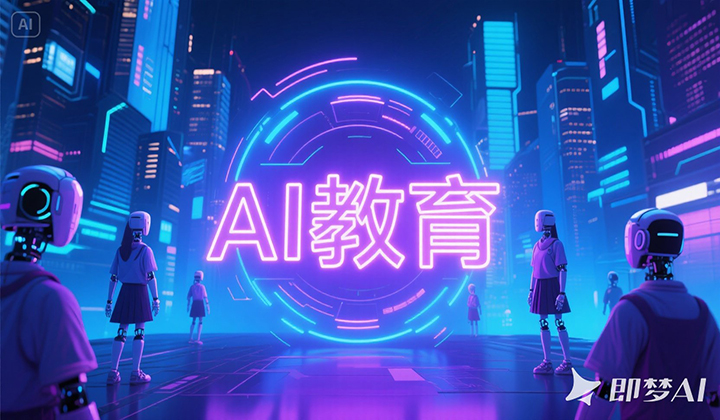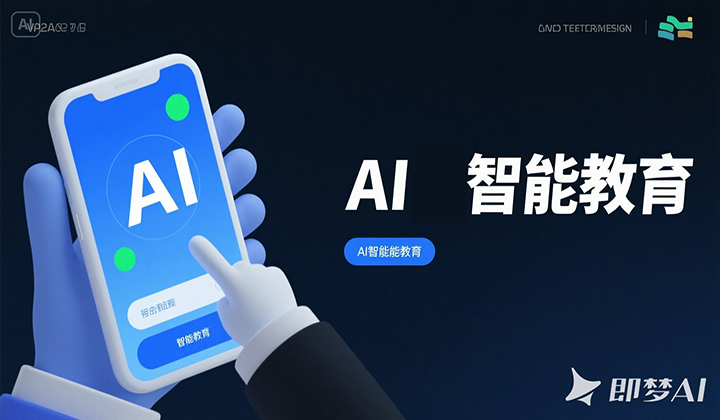AI in Future Education: Capabilities and Frontier Analysis
AI in Future Education: Capabilities and Frontier Analysis
1. Market Growth and Policy-Driven Expansion
-
Global and Regional Momentum
The global AI education market is projected to exceed $200 billion by 2025, with China accounting for nearly 40% of this growth. Key drivers include K-12 education, vocational training, and corporate upskilling. Over 90% of urban public schools in China have adopted AI teaching assistants, while online education penetration in lower-tier cities has tripled since 2020.
Tech Foundations: Generative AI, multimodal learning, and adaptive systems are accelerating adoption. Educational large-scale models now achieve over 92% accuracy in knowledge decomposition, with parameters scaling to trillions. -
Policy Frameworks
China’s Ministry of Education released the General AI Education Guidelines for Primary and Secondary Schools (2025), targeting 85% coverage of AI literacy courses in rural areas by 2025. Pilot programs like Shanghai’s "Borderless Schools" integrate AI-powered sports corners, virtual labs, and AI teaching assistants to enhance engagement and efficiency.
2. Technological Breakthroughs and Applications
-
Generative AI Revolution
-
Automated Content Creation: AI generates lesson plans, quizzes, and multimedia materials, reducing production costs by 70%. For example, Tianjin University’s "Digital Teacher" program creates personalized virtual instructors from textbooks.
-
Intelligent Tutoring: AI chatbots provide real-time problem-solving guidance and analyze handwritten answers via image recognition, improving error diagnosis accuracy by 27%.
-
-
Multimodal and Immersive Learning
Affordable AR/VR hardware (costs down 80% since 2020) and haptic feedback devices enable virtual labs and historical reenactments. Multimodal AI also supports inclusive education—generating sign language captions for deaf students or audio descriptions for the visually impaired. -
Human-AI Collaboration
AI shifts from replacing teachers to augmenting their roles. Tools like VizPI automate administrative tasks (60% efficiency gain), freeing educators to focus on pedagogy and mentorship. Teacher training in AI literacy is growing at a 34% CAGR, with Shanghai aiming to certify 10 AI-enhanced teaching teams by 2025.
3. Challenges and Ethical Risks
-
Data Privacy and Algorithmic Bias
Lack of global standards for educational data annotation leads to biased recommendations (15% error rate), disproportionately affecting underprivileged students. China faces "tech dependency" risks, holding less than 20% of core AI patents. -
Academic Integrity and Cognitive Impacts
Overreliance on generative AI for homework risks intellectual stagnation. UNESCO recommends restricting AI tools to students aged 13+ and redesigning assessments to prioritize critical thinking over rote outputs. -
Balancing Innovation and Ethics
China’s Generative AI Usage Guidelines enforce "dual red lines" for data security and ethics, mandating traceability and audits. Educators must emphasize AI as a supplement to human creativity, not a replacement.
4. Future Trends: Global Competition and Ecosystem Evolution
-
Emerging Technologies
-
Brain-Computer Interfaces (BCIs): Experimental applications monitor focus levels via brainwaves to optimize learning paths.
-
Quantum Computing: Accelerates personalized curriculum design through hyper-fast data processing.
-
Emotion-Aware AI: Virtual tutors detect micro-expressions (6+ types) to enable empathetic, context-aware interactions.
-
-
Global Dynamics
While North America leads R&D, China dominates commercialization, and Europe prioritizes GDPR compliance. Chinese firms are expanding into Southeast Asia but face regulatory hurdles. The rise of education-specific NPUs (4x energy efficiency gains) and integrated SaaS platforms (800+ third-party tools) reshapes supply chains. -
Ethical Standards and OS-Level Solutions
The shift from standalone tools to full-stack "Education OS" platforms merges content, services, and analytics. ISO/IEC 23053 certification emerges as a global benchmark, enforcing transparency and accountability in AI systems.
Conclusion
The future of AI in education lies in harmonizing technological prowess with pedagogical integrity. While generative AI, multimodal interfaces, and adaptive systems promise hyper-personalized, boundaryless learning, global collaboration is critical to address bias, privacy, and cognitive risks. China’s policy agility and market scale position it as a key innovation hub, but breakthroughs in core technologies and ethical governance will determine whether it transitions from quantity to quality leadership. Ultimately, AI’s role is not to disrupt education but to amplify human potential—transforming classrooms into incubators for curiosity, creativity, and critical thinking.














